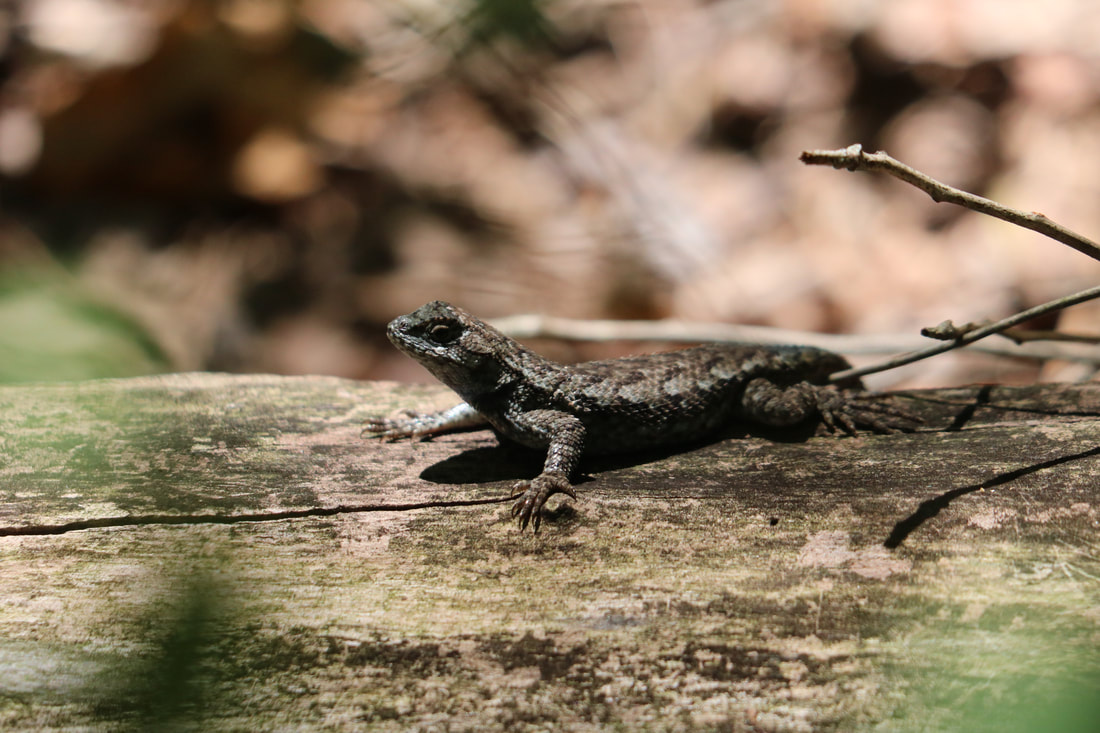December 1, 2003
11:00 AM
Many of the kingfisher’s dives were false starts. The bird would plunge earthward and then stop and hover. Perhaps the fish would move to the side or dive deep. Perhaps it was too small to be worth the effort, or too large to swallow. In any event, the kingfisher made many aborted dives before it finally plunged into the water with an audible splash.
Then the bird was gone. I could not tell if the hunt was successful or not, but I later discovered that it was a male bird with none of the red patch on the stomach characteristic of a female Belted Kingfisher. The blue band on the chest, which gives all members of the species its proper name was clearly visible.
Further along the trail, I saw a large brown bird cross the levee and land in a nearby dead tree. At first, I thought it was the resident red shouldered hawk, but as it landed, I saw the long tail with alternating light and dark bands that identified it as a Coopers Hawk. As the raptor sailed across the marsh in search of a smaller bird for dinner, I noticed its short wings, also characteristic of the species.
As I turned and began the journey back to my truck, I passed the tall upright snag in the center of the large pond. I spied the kingfisher on his customary perch. His beak seemed larger than usual. With binoculars, I saw he was holding a fish. The meal was nearly half as long as the bird, and nearly as wide from dorsal fin to belly as it was long. The thickness from side to side was considerably less, so the fish had the saucer shape of smaller members of the sunfish family. From the distance, I could not tell if it was a green sunfish, a bluegill, or a shell cracker.
Whatever the species, the fish looked far too large for the bird to swallow. The kingfisher turned his head first one direction and then the other, shifting the fish in his beak. I didn’t believe that the bird would try to swallow so large a fish, but soon the out sized meal was pointed head first into the beak. In this position, the bird could swallow the fish without fins, spines or scales opposing the motion and damaging the delicate tissues of the throat.
With a quick upward thrust of the head and an opening of the beak, the fish’s head was lodged deep in the bird’s throat. Then the real work began, and several powerful thrusts of the head brought most of the fish into the bird’s digestive tract. Only the tail remained protruding.
The bird thrust its head again and again, but the mandibles remained parted with the tail lodged between them. I began to wonder if the bird would ever be able to swallow that last little bit of fish. Perhaps it would be doomed to starve with the fish tail preventing it from ever swallowing again. Perhaps it would digest the head and swallow the rest later, much as a King Snake does when it eats another snake too long to swallow. Then, with one energetic thrust of its head the bird raised its beak skyward, opened wide, and engulfed the last of the fish.
As I strolled back to my truck, I imagined the bird, resting and digesting. Perhaps it would remain immobile for a few hours, much like the guests at a Thanksgiving dinner.

 RSS Feed
RSS Feed